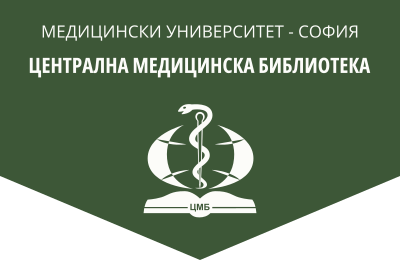Improving the condition of photo-damaged skin through radiofrequency therapy
Information for nursing staff, 2025, 57(2), 55-60.
G. Pavlova
Medical Cosmetics, Medical College, Medical University – Plovdiv
Abstract. The primary environmental contributor to premature skin aging (photoaging) is exposure to sunlight. The rate at which skin ages is influenced by the duration of sun exposure and the individual’s melanin levels, referred to as phototype. Ultraviolet radiation inflicts direct or indirect damage to DNA, activating surface receptors on keratinocytes and fibroblasts, which in turn leads to collagen degradation in the extracellular matrix and inhibits the production of new collagen. This collagen breakdown within the dermis results in inadequate repair processes, undermining the skin’s structural integrity and contributing to the development of sunspots, visible skin atrophy, and wrinkles. In the fields of dermatology and aesthetic medicine, radiofrequency (RF) has emerged as a leading technique for skin rejuvenation in recent years. This method engages various physiological and biochemical mechanisms that enhance skin health, such as stimulating the production of collagen and elastin, enhancing microcirculation, and facilitating lipolysis. These effects contribute to improved skin firmness, reduction of wrinkles and signs of aging, and enable targeted treatment of deeper dermal and subcutaneous layers. The thermal effects of radiofrequency radiation are activated upon contact with the human body, and the most prevalent types utilized in cosmetic procedures for facial rejuvenation include monopolar, unipolar, and bipolar configurations. This article aims to inform readers about the effects of ultraviolet radiation on human skin and the potential benefits of radiofrequency therapy in enhancing the appearance of photodamaged skin.
Key words: collagen, wrinkles, radio frequency, ultraviolet rays, photoaging skin
Address for correspondence: Gergana Pavlova, e-mail: gerganailcheva@abv.bg
